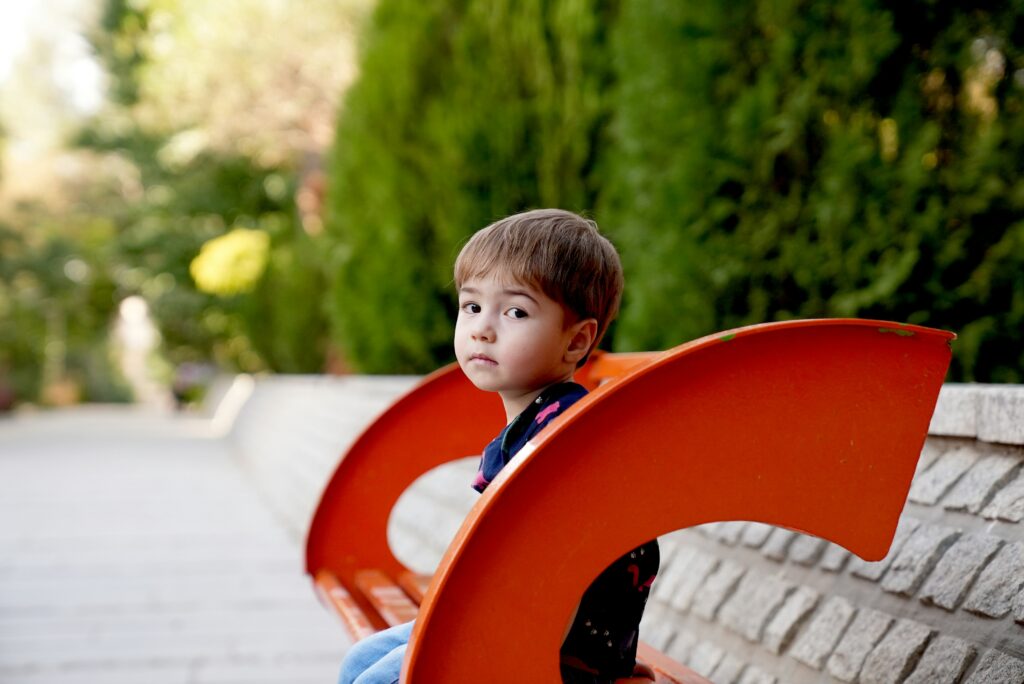EMDR with children is powerful — but it isn’t just about eye movements and memory targets. For therapy to work, it has to feel safe. And for many kids, safety begins in relationship.
Why Attachment Comes First
Children don’t walk into therapy with just a memory to process. They come in with nervous systems still under construction. Many carry big feelings in little bodies — and often, those feelings don’t have words yet.
When a child has experienced trauma, their brain and body may stay stuck in survival mode. Even everyday things — like transitions, school, or bedtime — can feel overwhelming.
But before we can help them process the past, we have to help their body feel safe in the present.
That’s where attachment comes in.
What Does Attachment Look Like in EMDR?
In child EMDR, the therapeutic relationship is just as important as the technique. And so is the relationship between the child and their caregiver. We work in three directions:
- Child–Therapist: A sense of trust and playfulness in the room
- Caregiver–Child: Strengthening connection, co-regulation, and repair
- Caregiver–Therapist: A team approach to help the child feel understood and safe
This is sometimes called a “triangle of attachment safety.”
Before Processing: Laying the Groundwork
Most children need more time in Phase 2 (preparation) than adults. This includes:
- Developing affect tolerance (e.g. being able to feel sad without shutting down)
- Building internal resources (safe place, calm figures, superhero imagery)
- Strengthening the caregiver relationship (to support co-regulation at home)
If the child feels unsafe in the therapy space or in their primary relationships, trauma processing can retraumatise rather than heal.
Using Play and Story in EMDR
Children process through play, not just words. In EMDR, we use tools like:
- Puppet narratives
- Drawing the “worst part” or “what it’s like in their body”
- Role play and storytelling
- Bilateral stimulation through tapping games or movement
These techniques help children stay connected to their body while feeling supported, rather than overwhelmed.
When the Caregiver Is Part of the Trauma
In cases where a caregiver is the source of trauma (e.g. abuse, neglect), we adapt carefully:
- Alternate safety figures may be introduced (grandparent, teacher, therapist)
- Attachment-informed EMDR allows us to build internal models of safety and repair
- We move slowly — processing may come much later, or in a different form
You can’t process trauma in a dysregulated system. Regulation must come first.
Final Thought
EMDR with children isn’t just about reducing symptoms. It’s about restoring a child’s capacity to feel safe, loved, and connected — within themselves and with others.
When we treat trauma through an attachment lens, we’re not just helping them heal the past. We’re helping them shape a more connected future.


